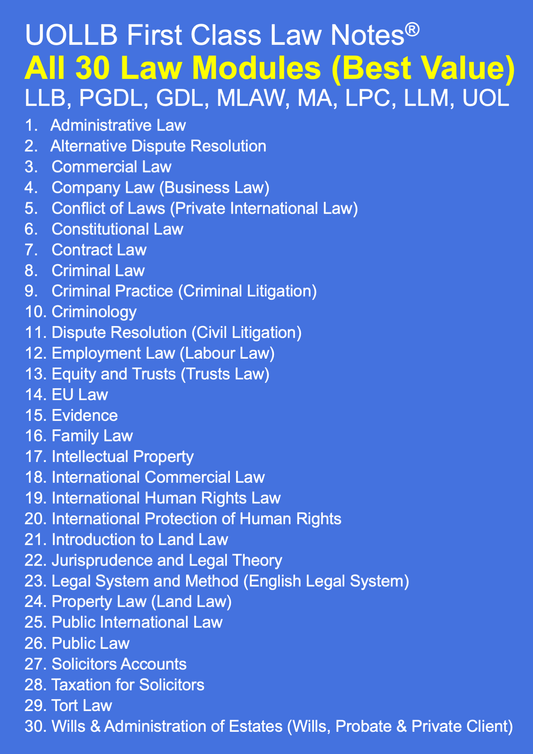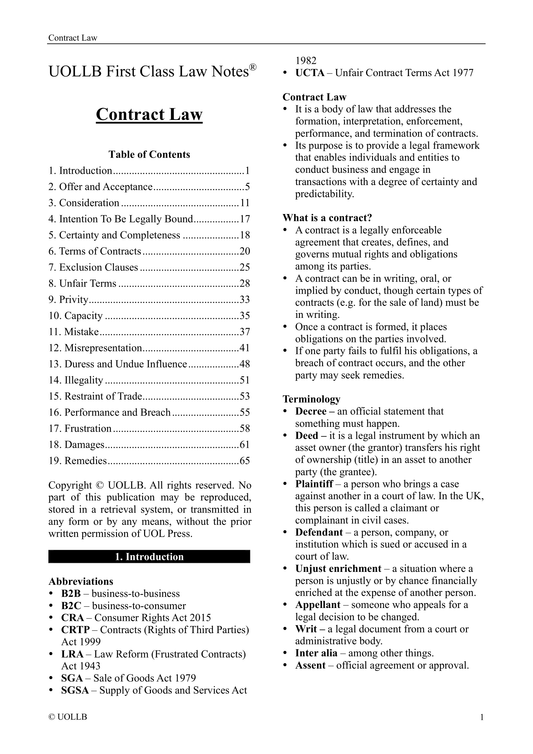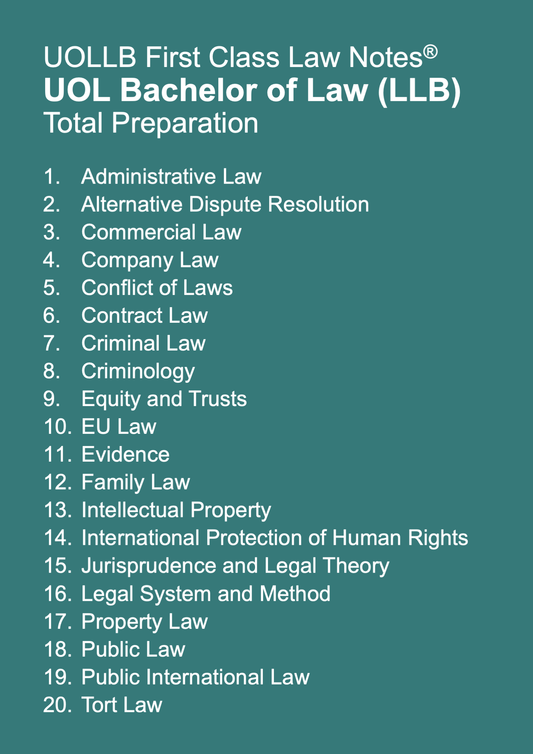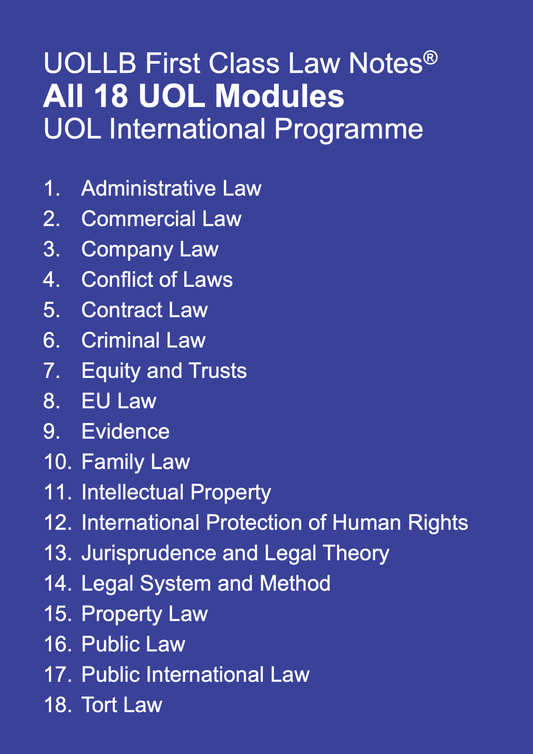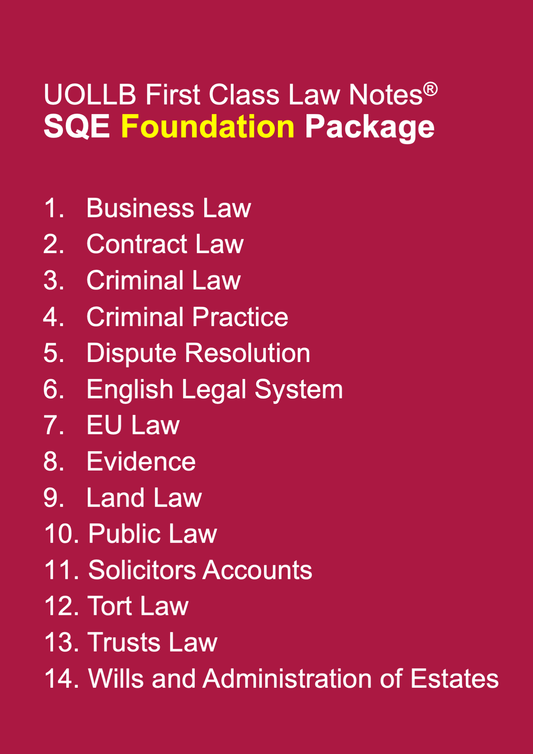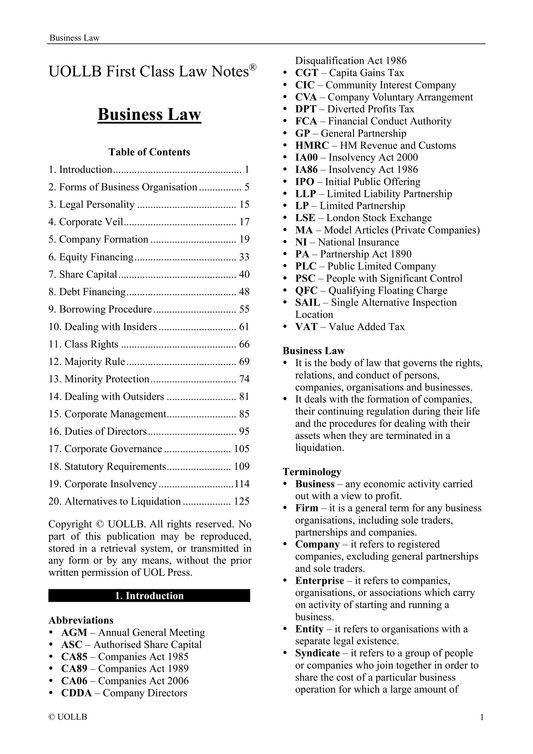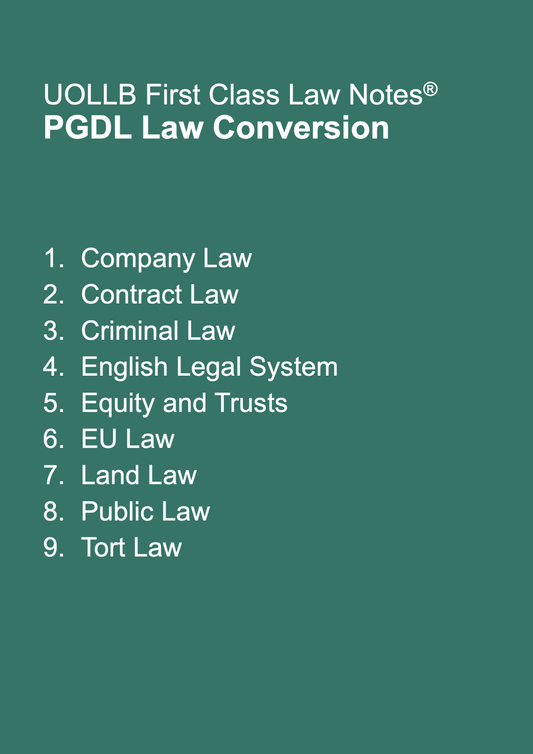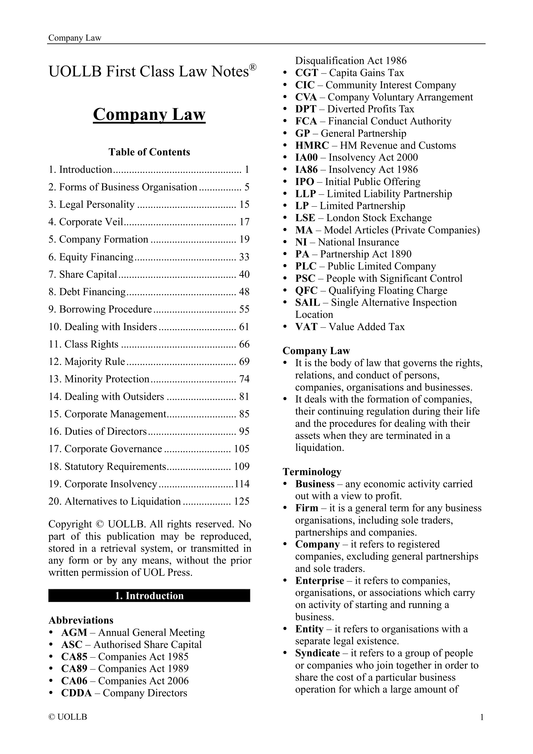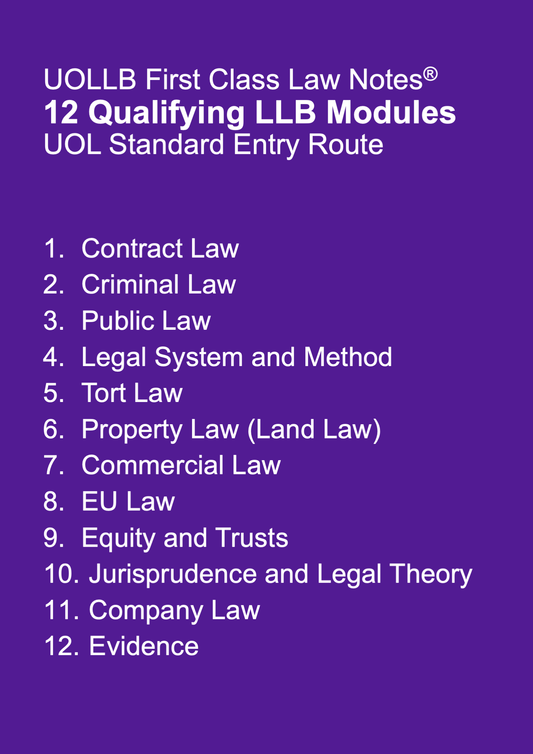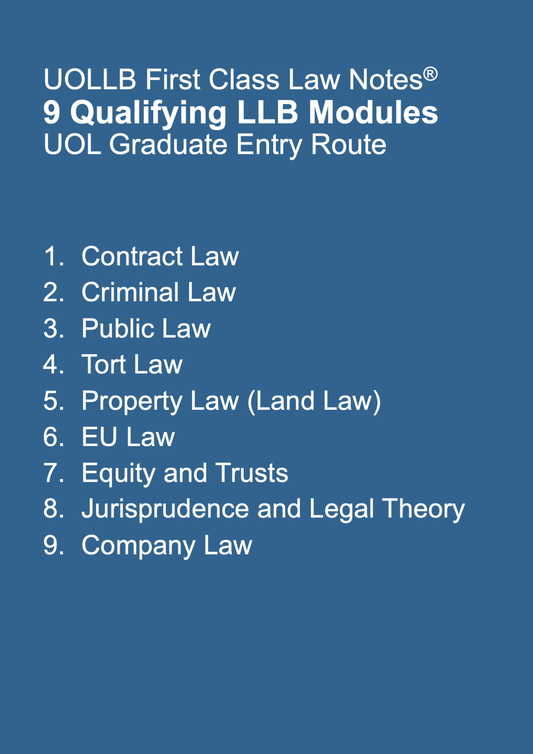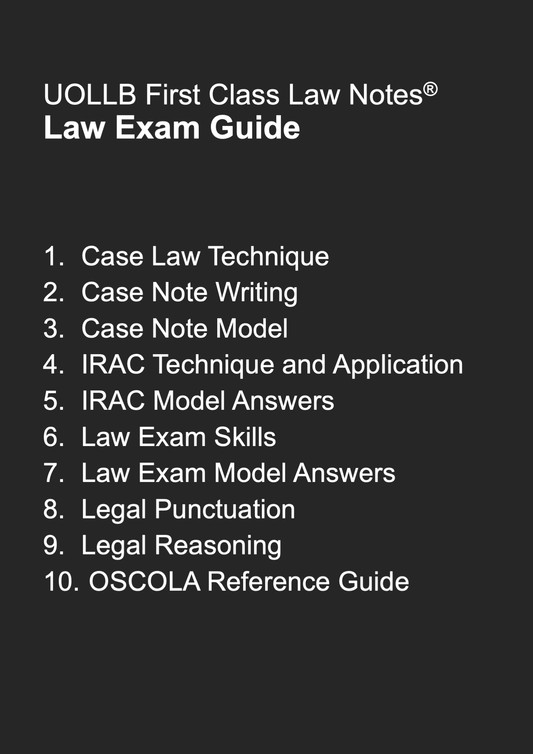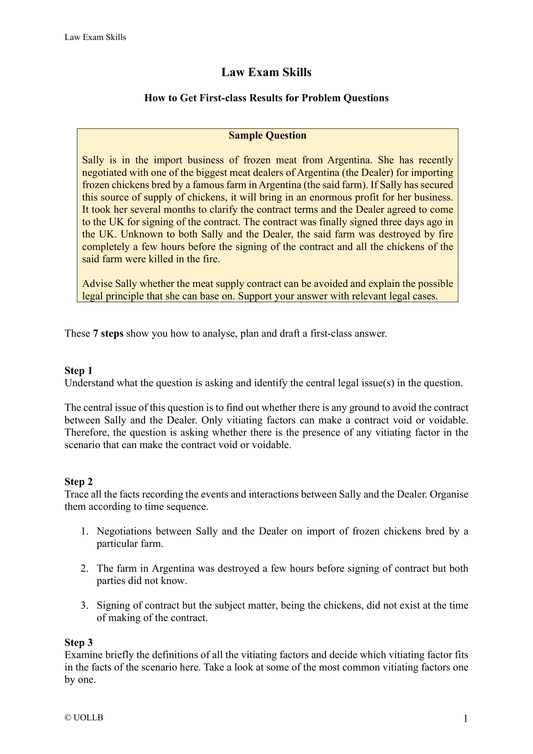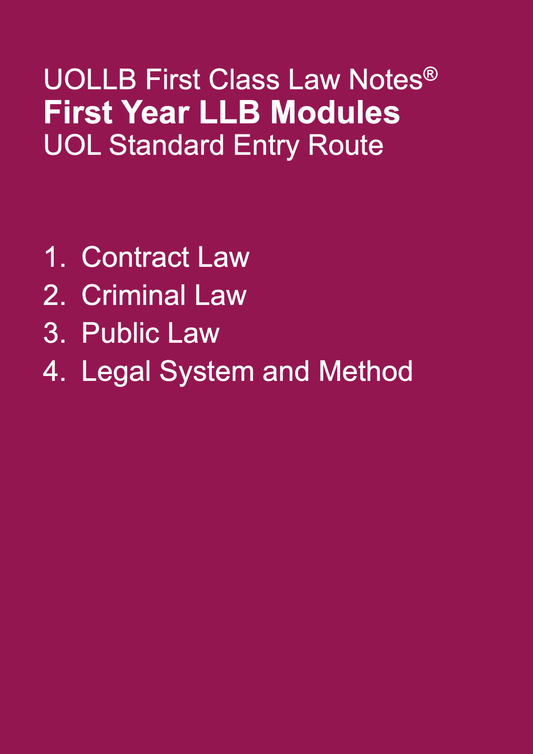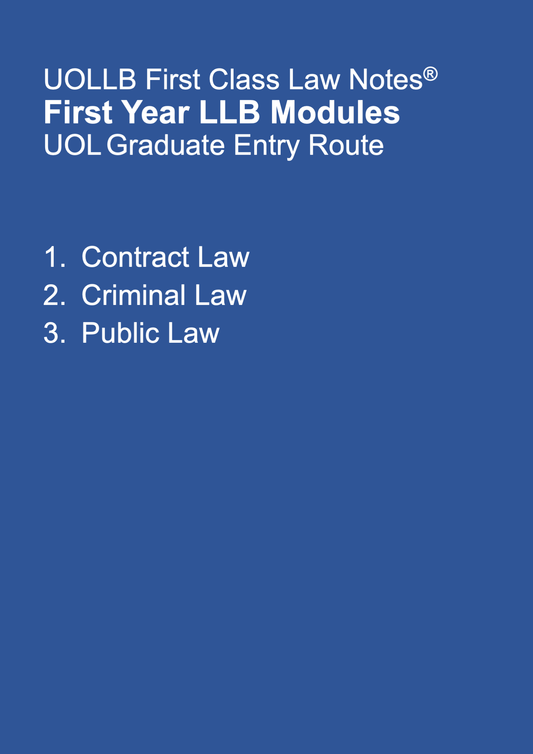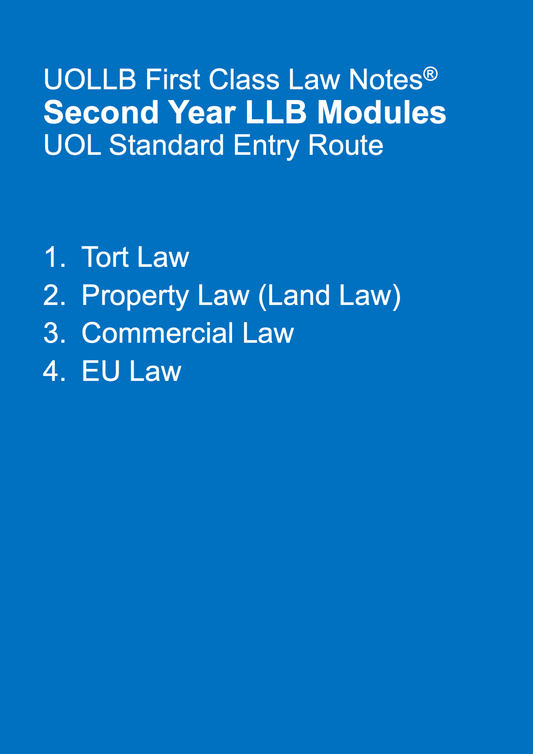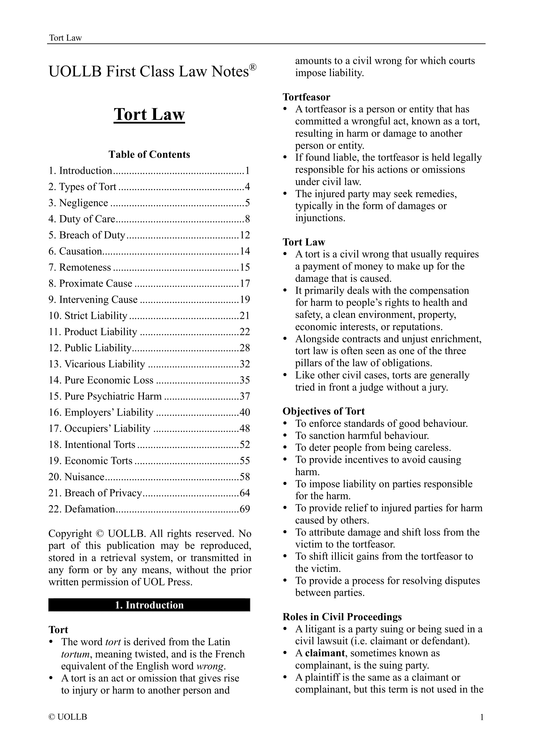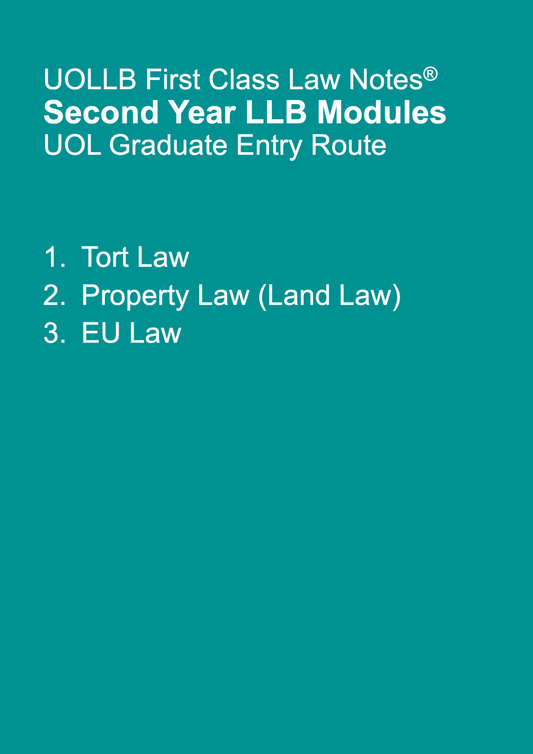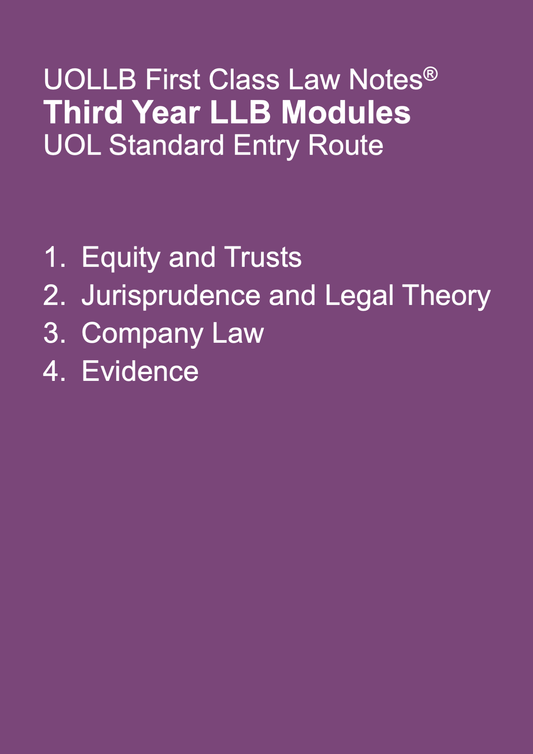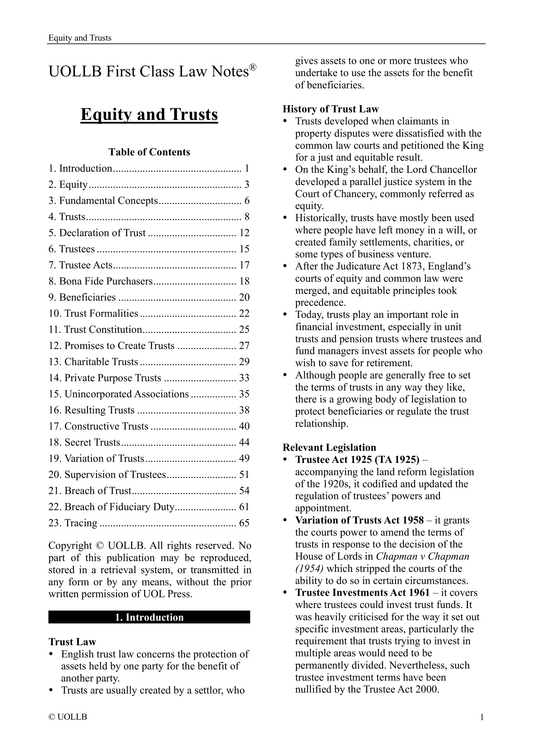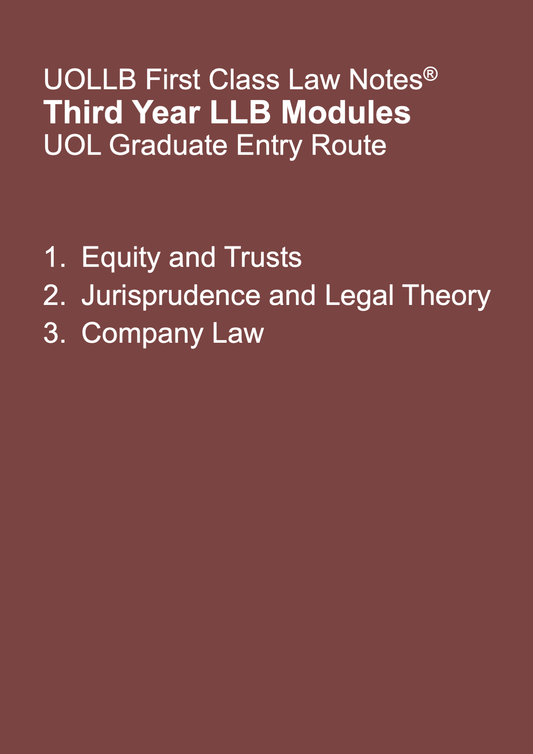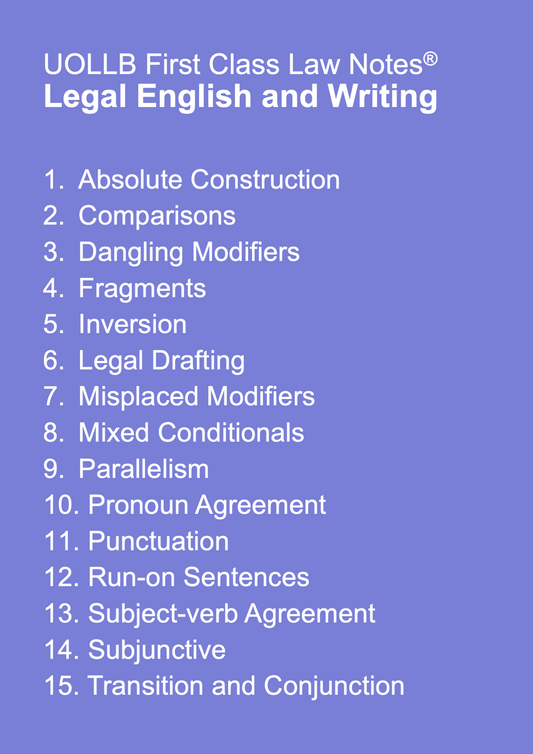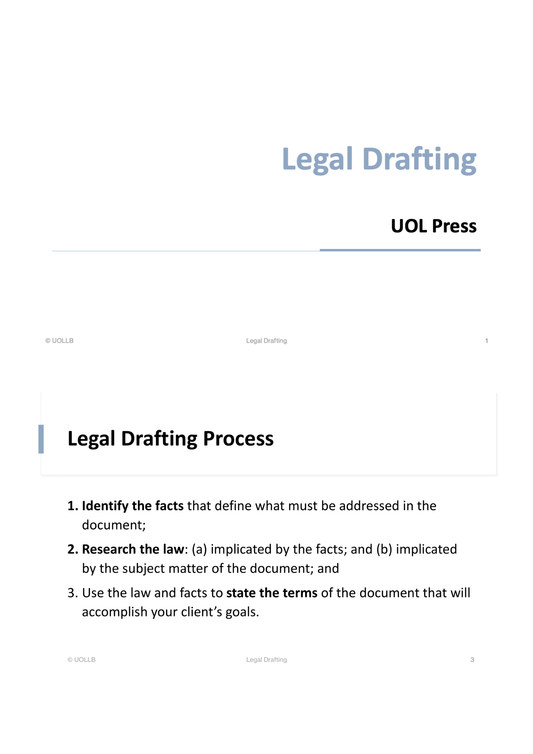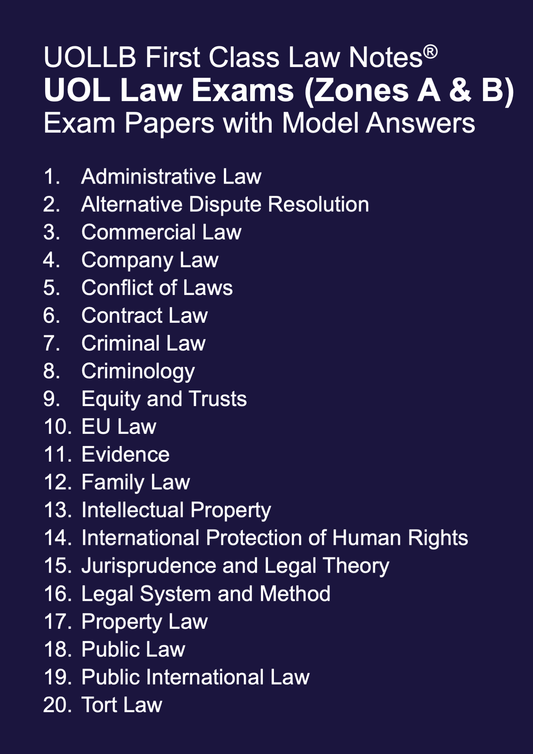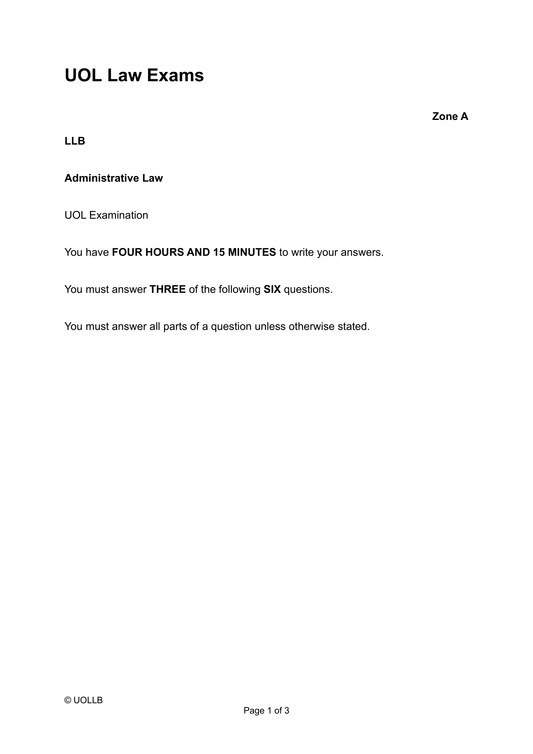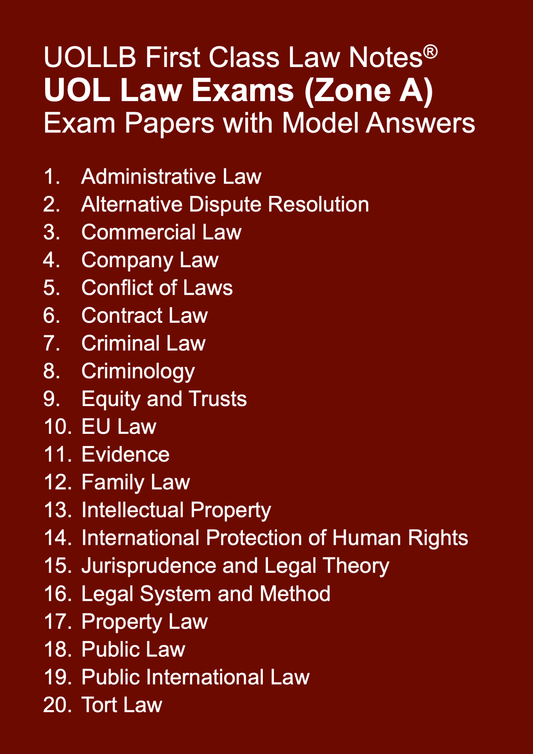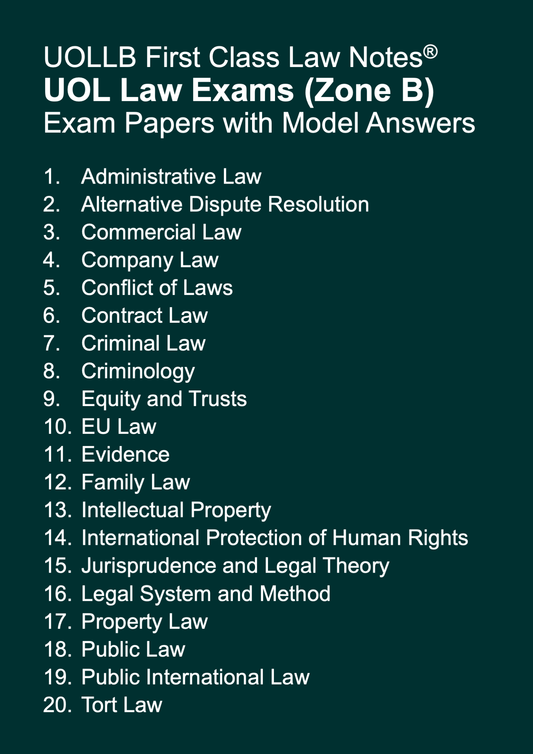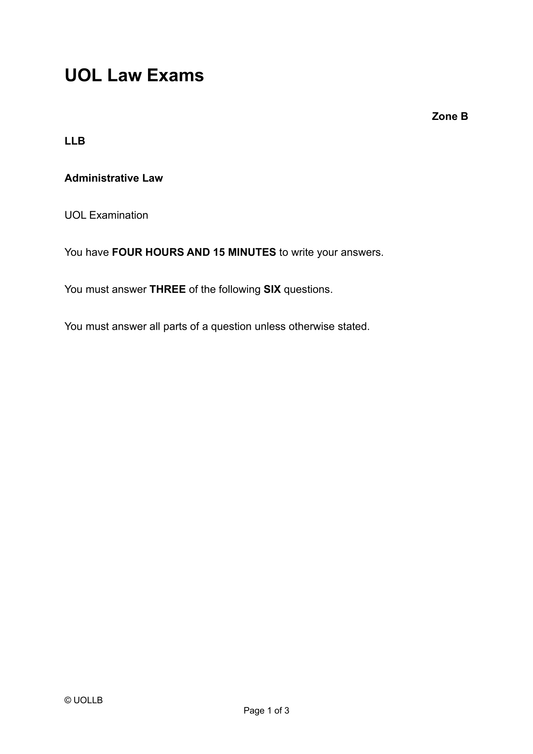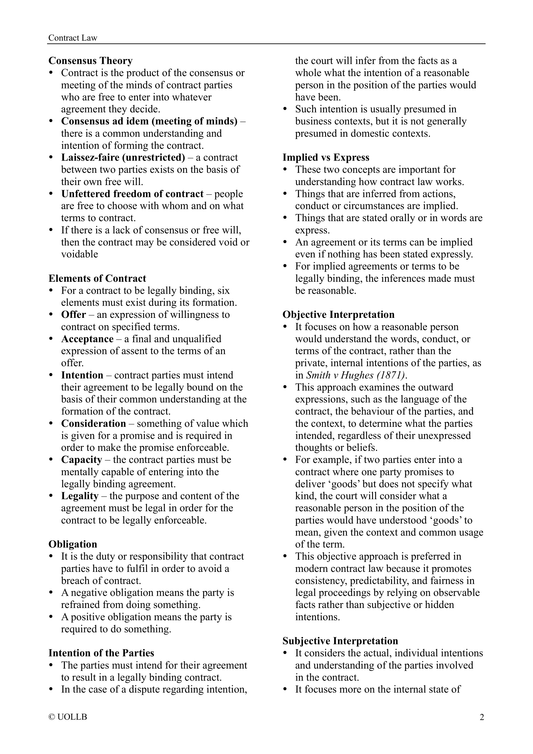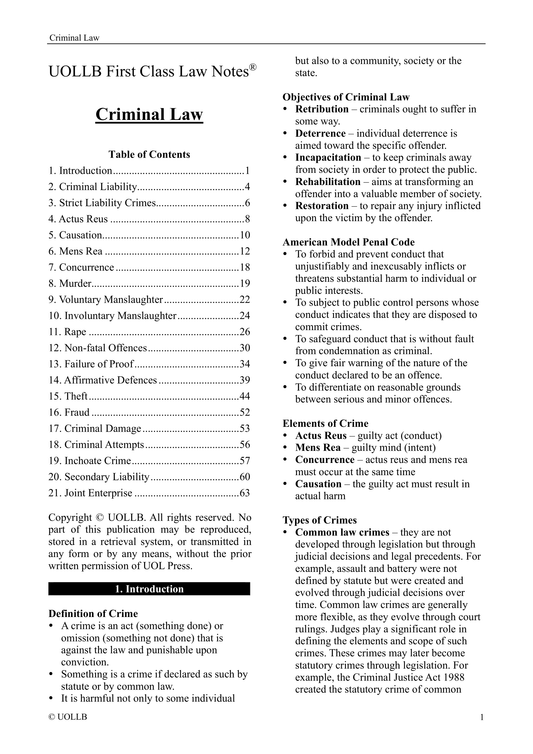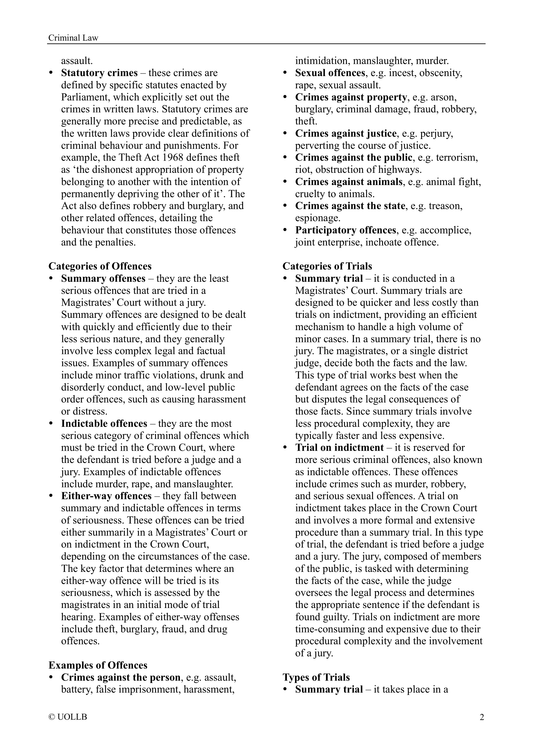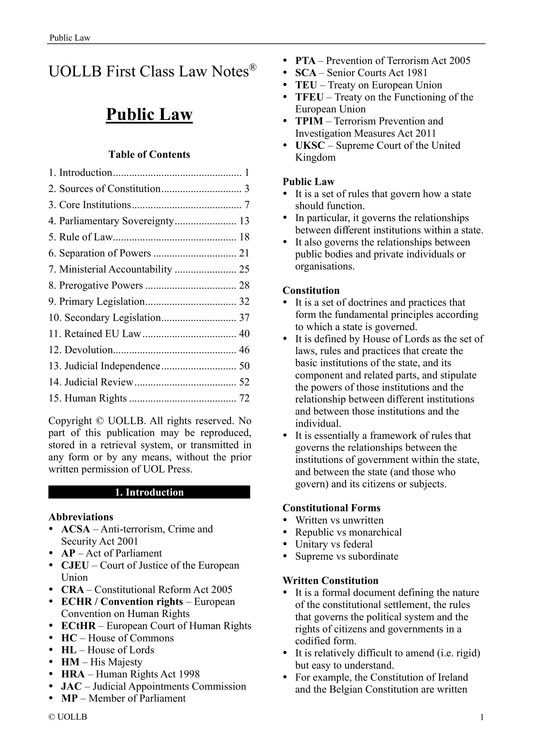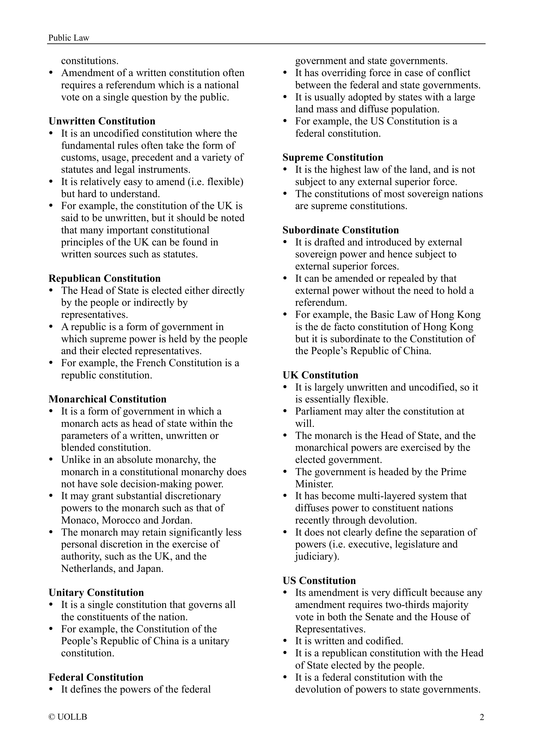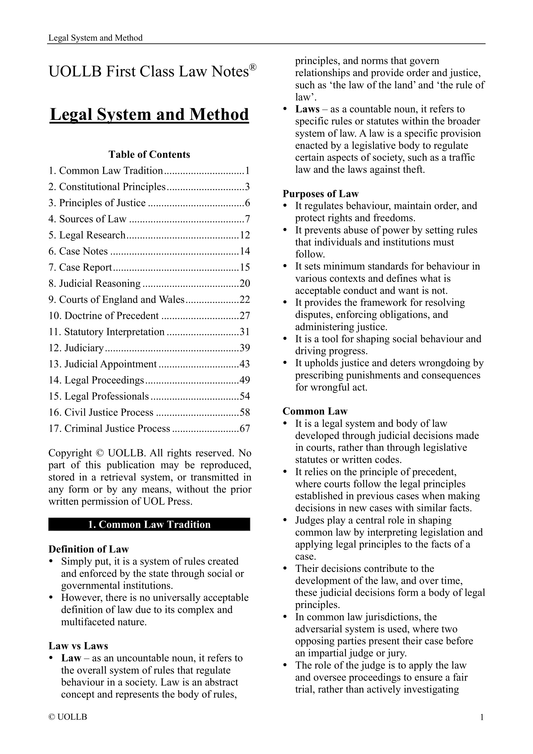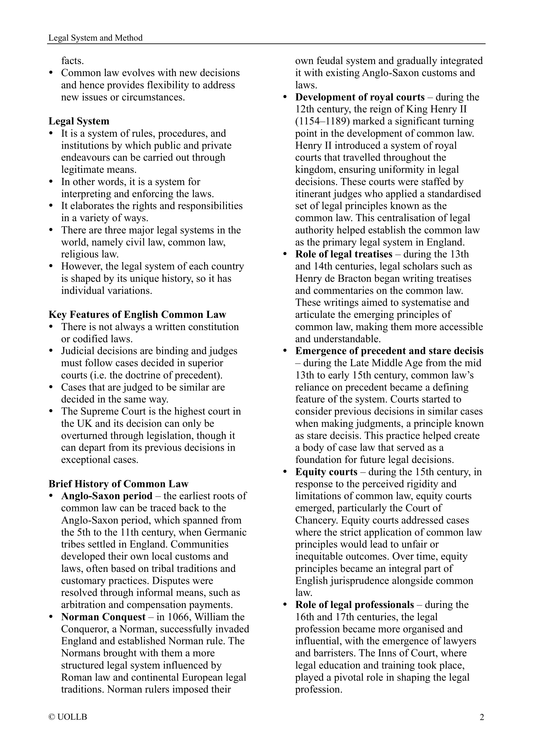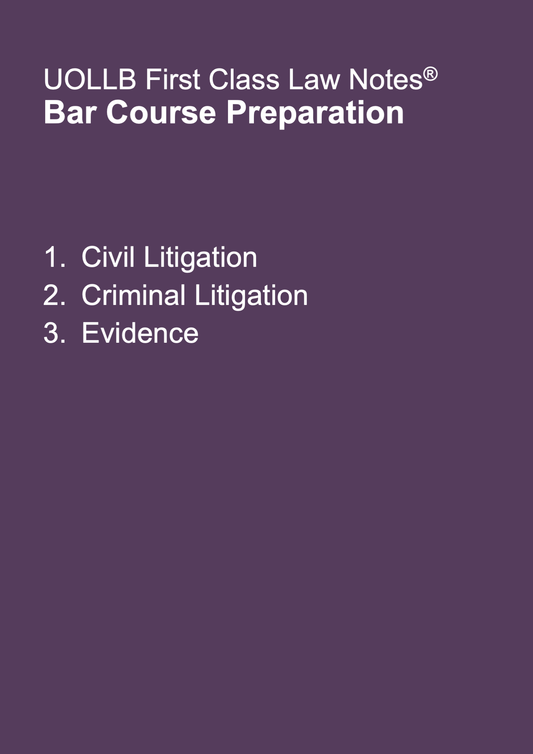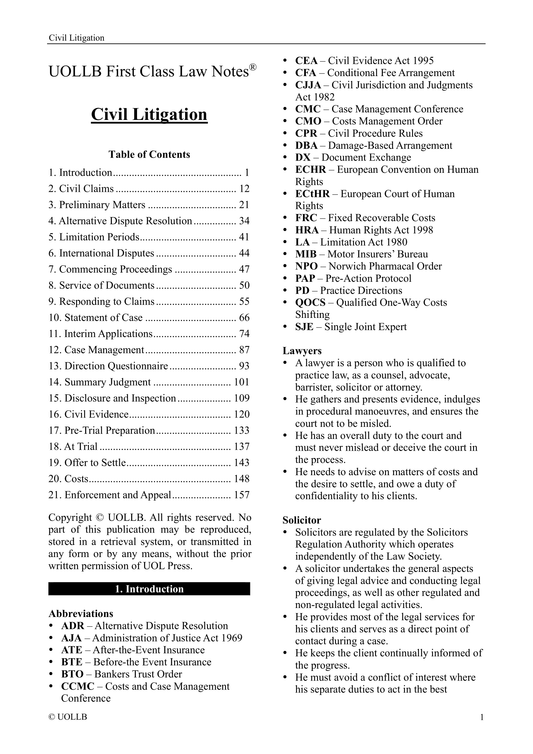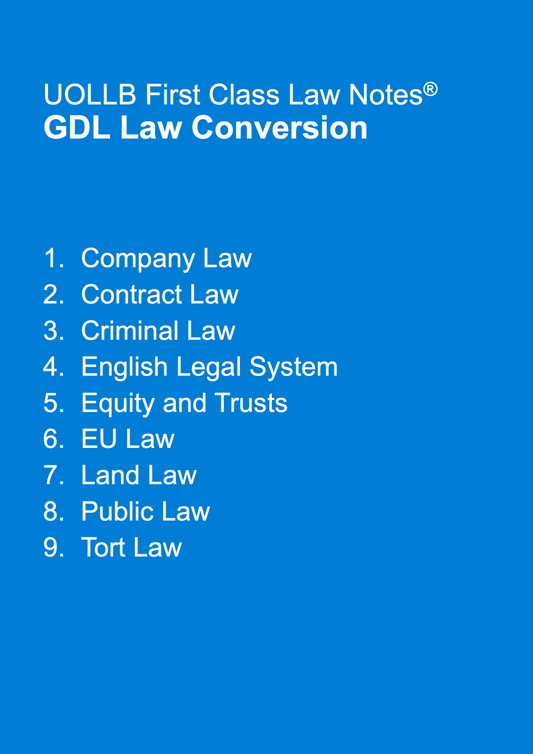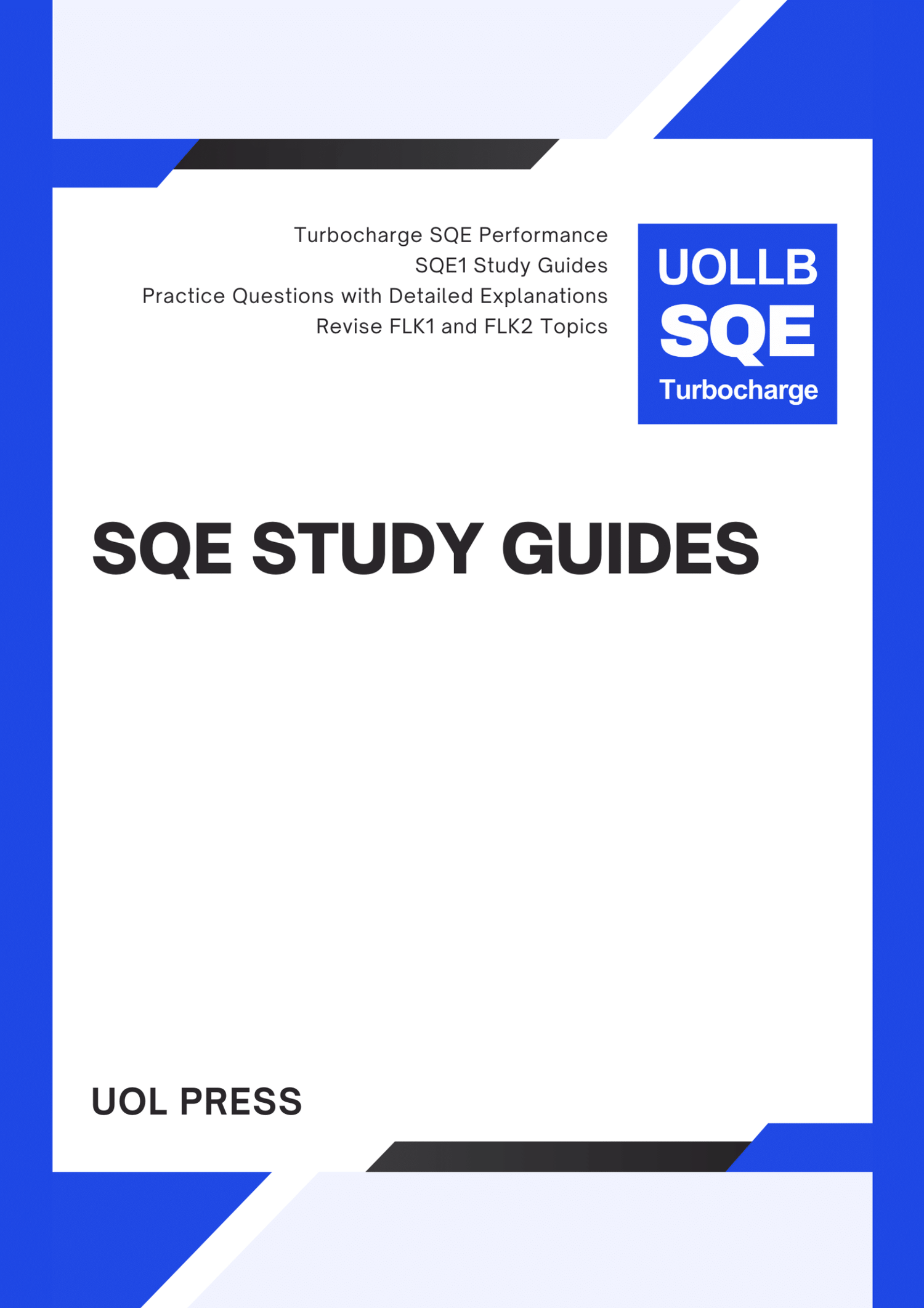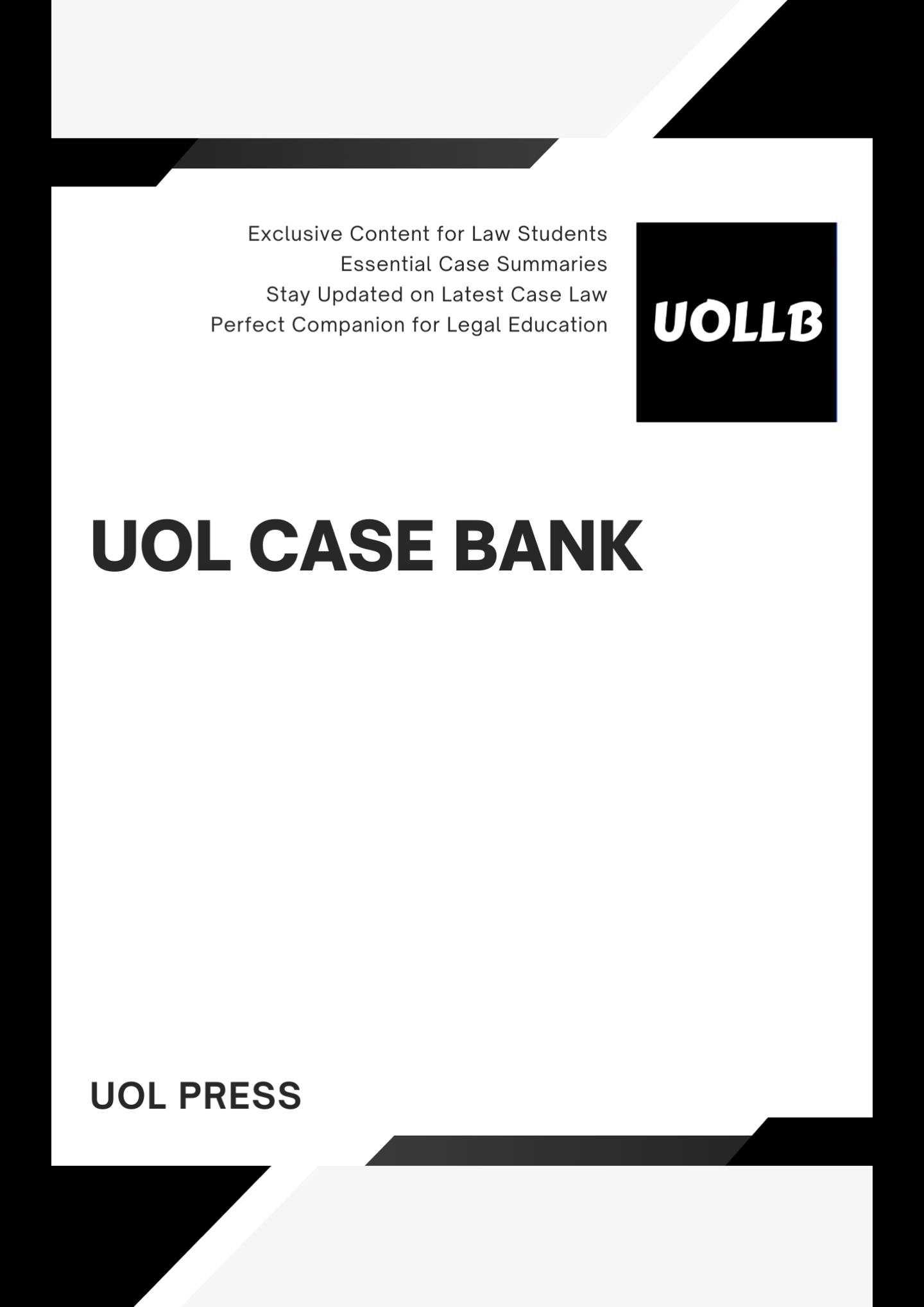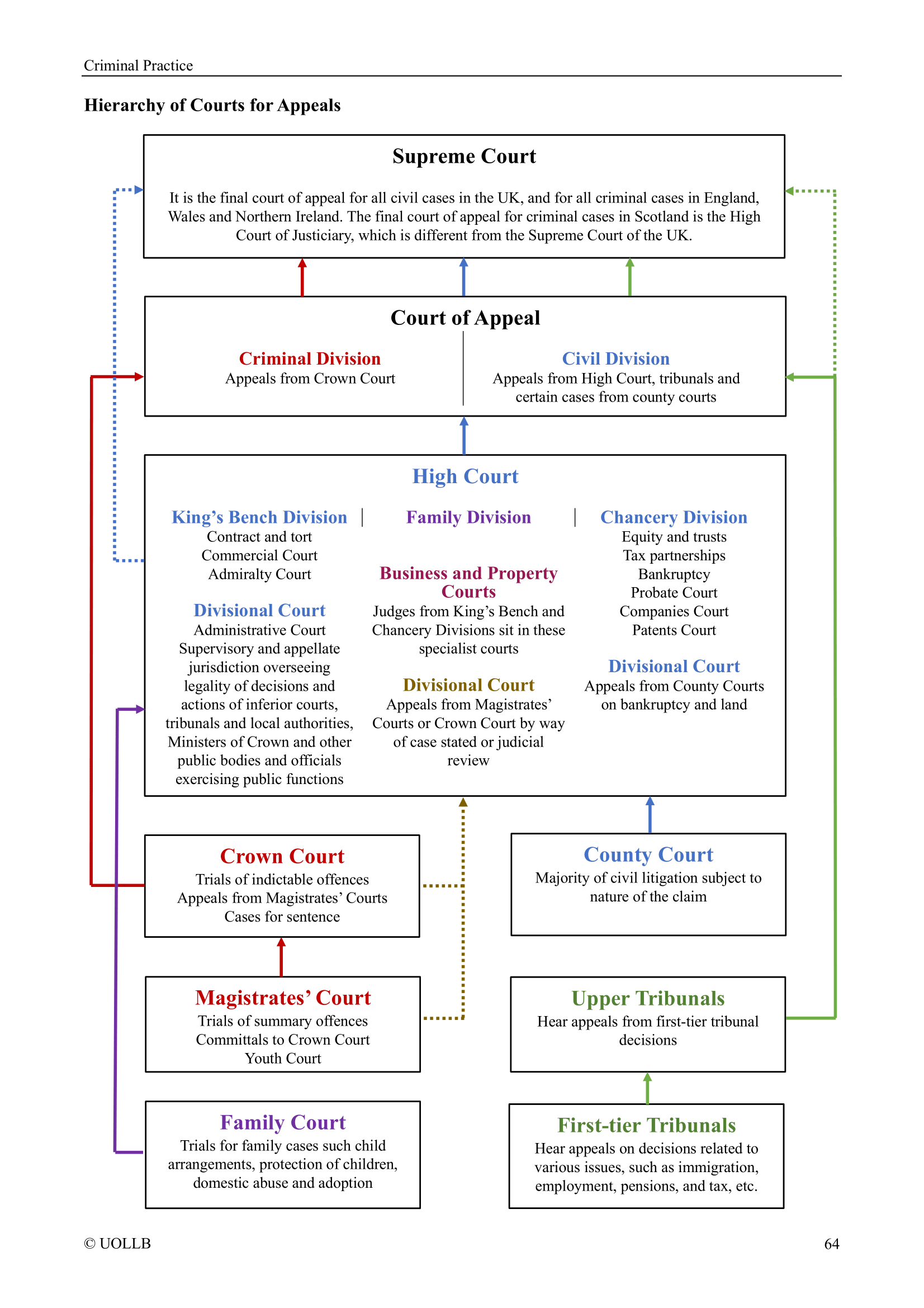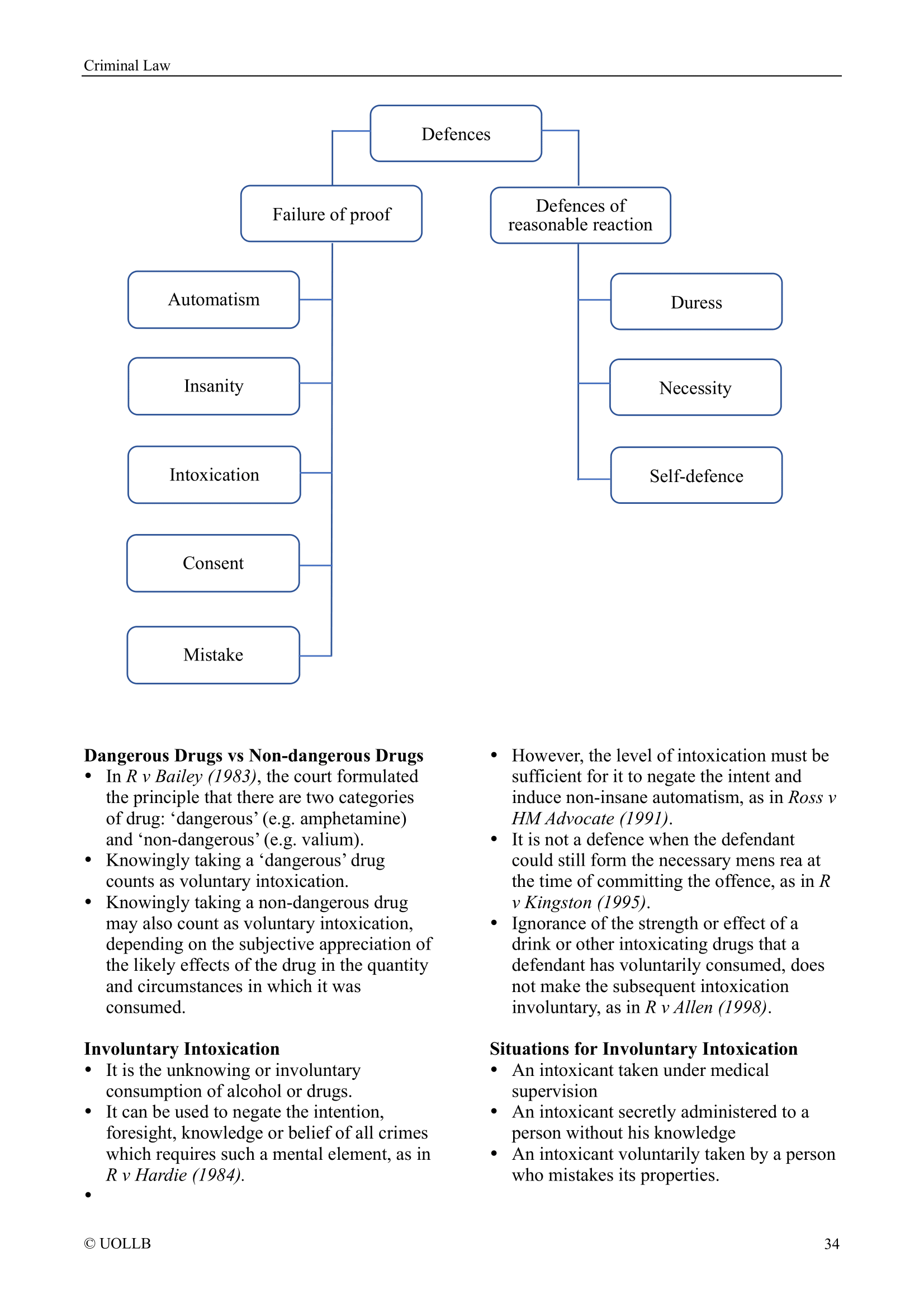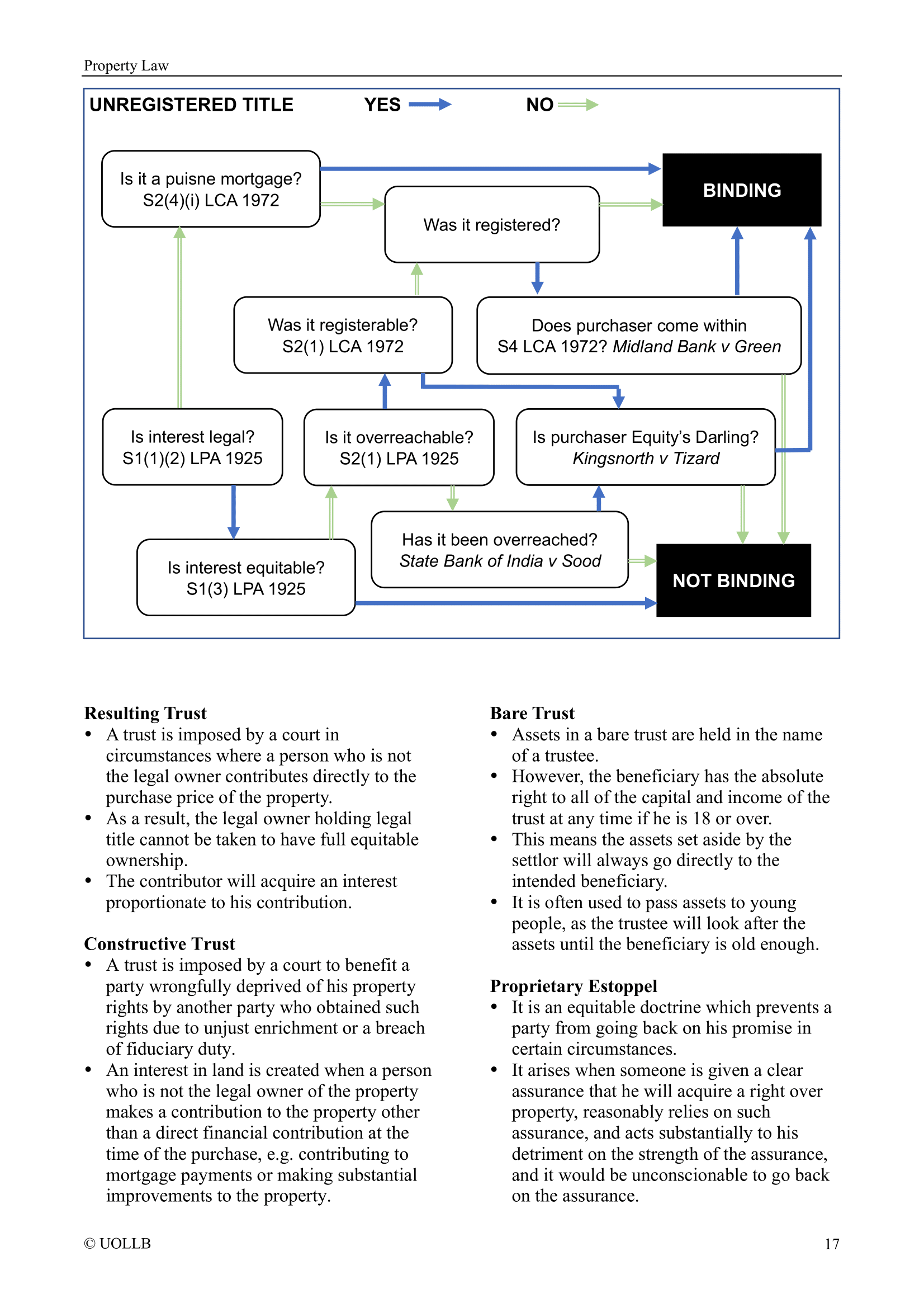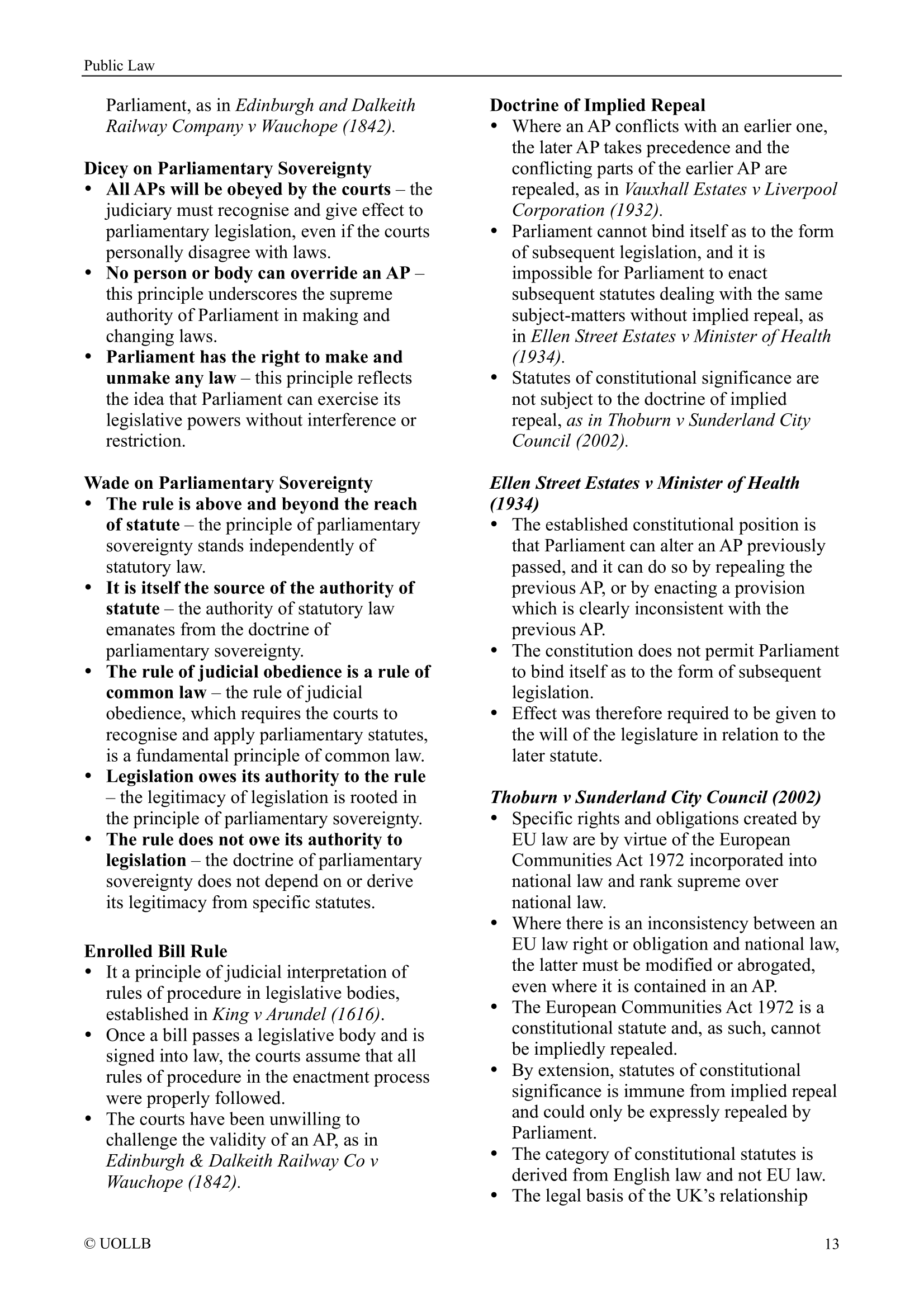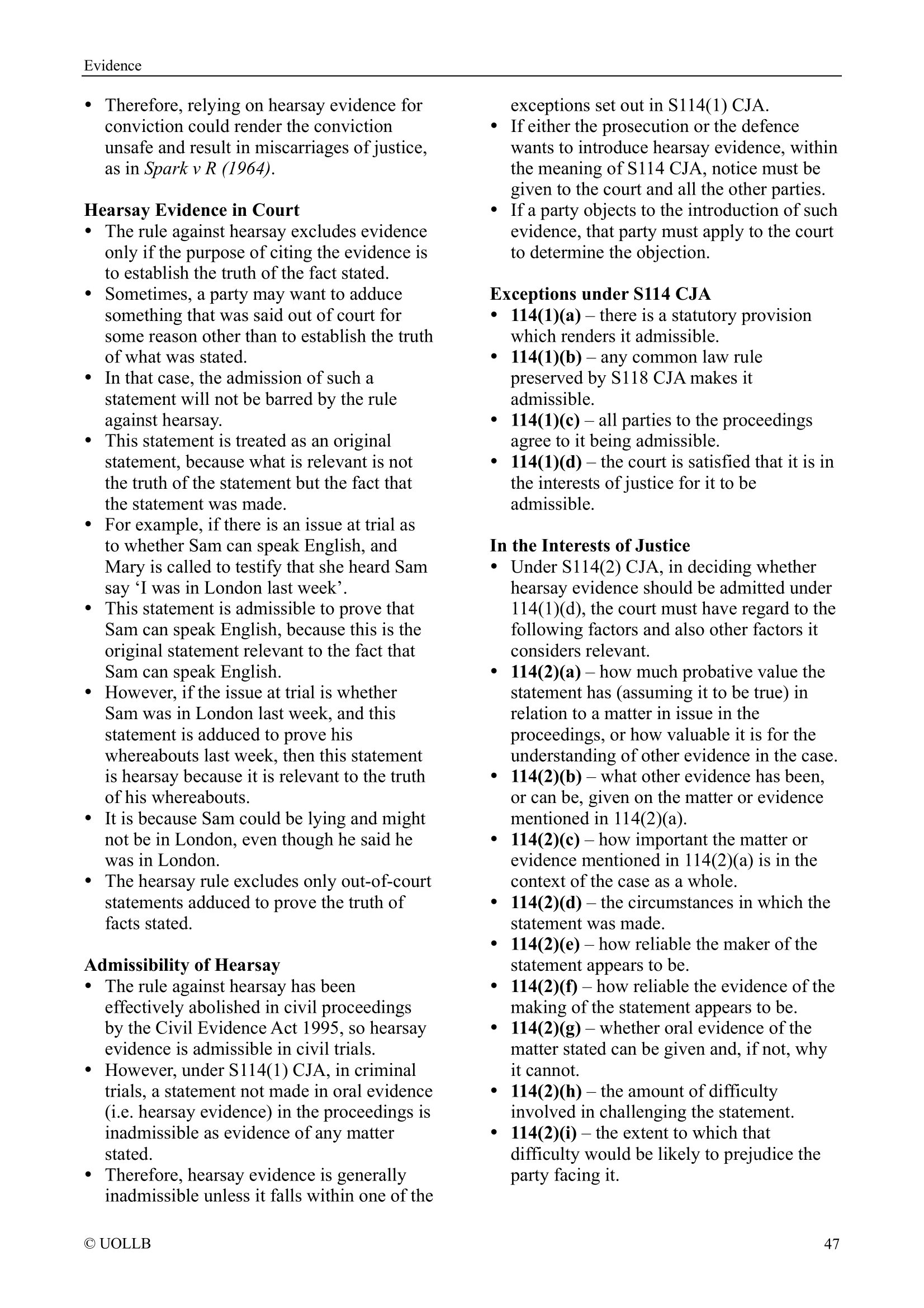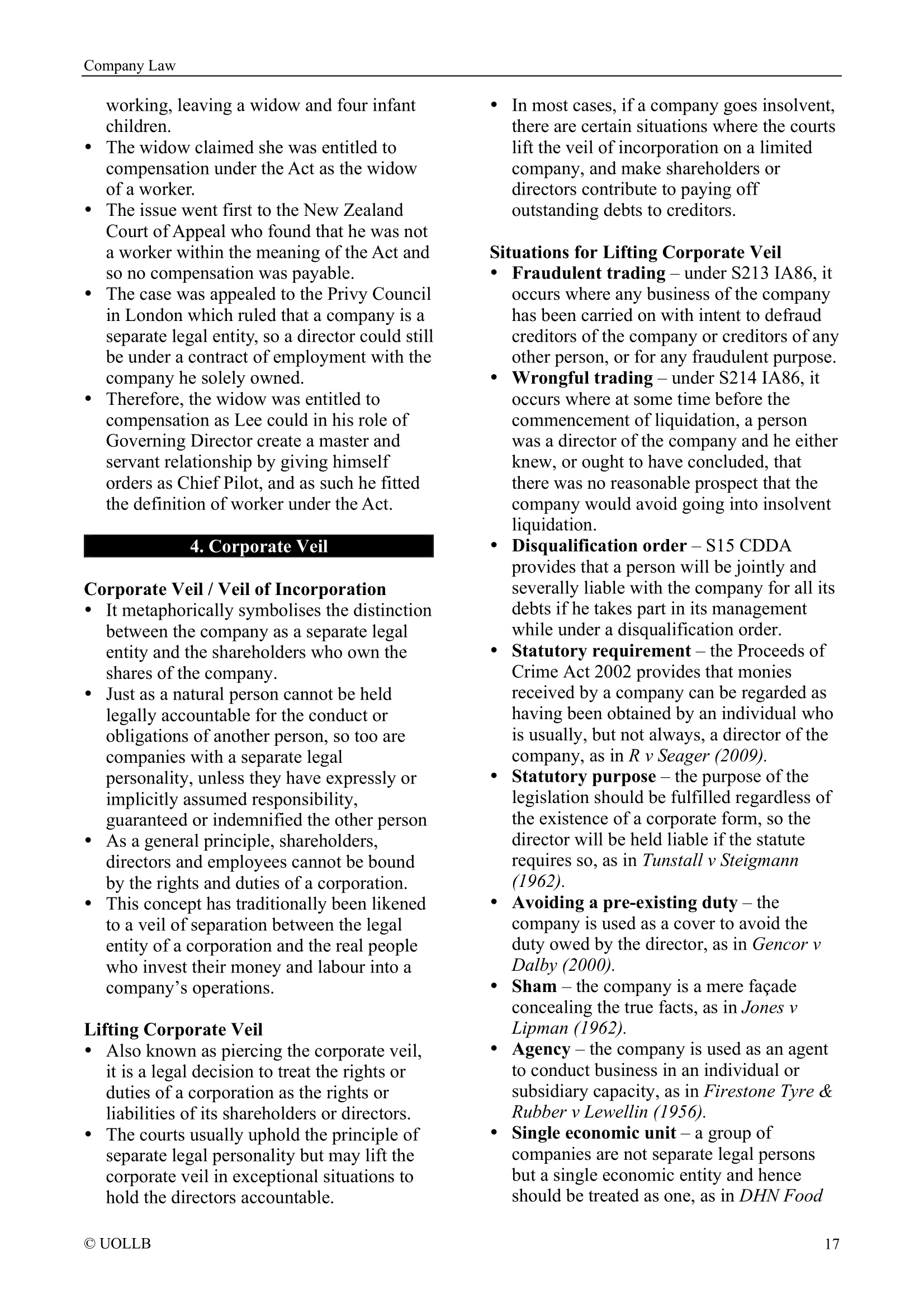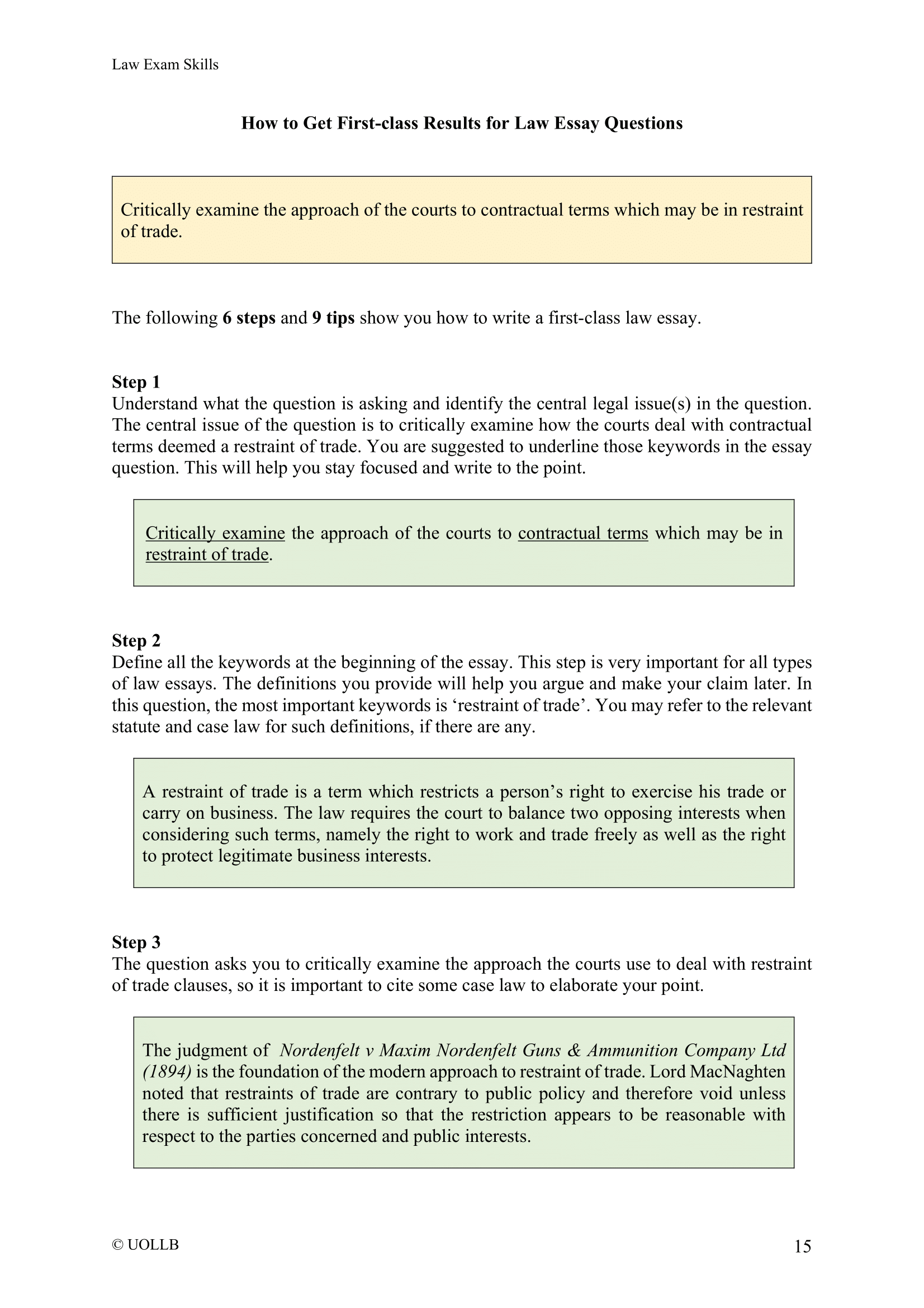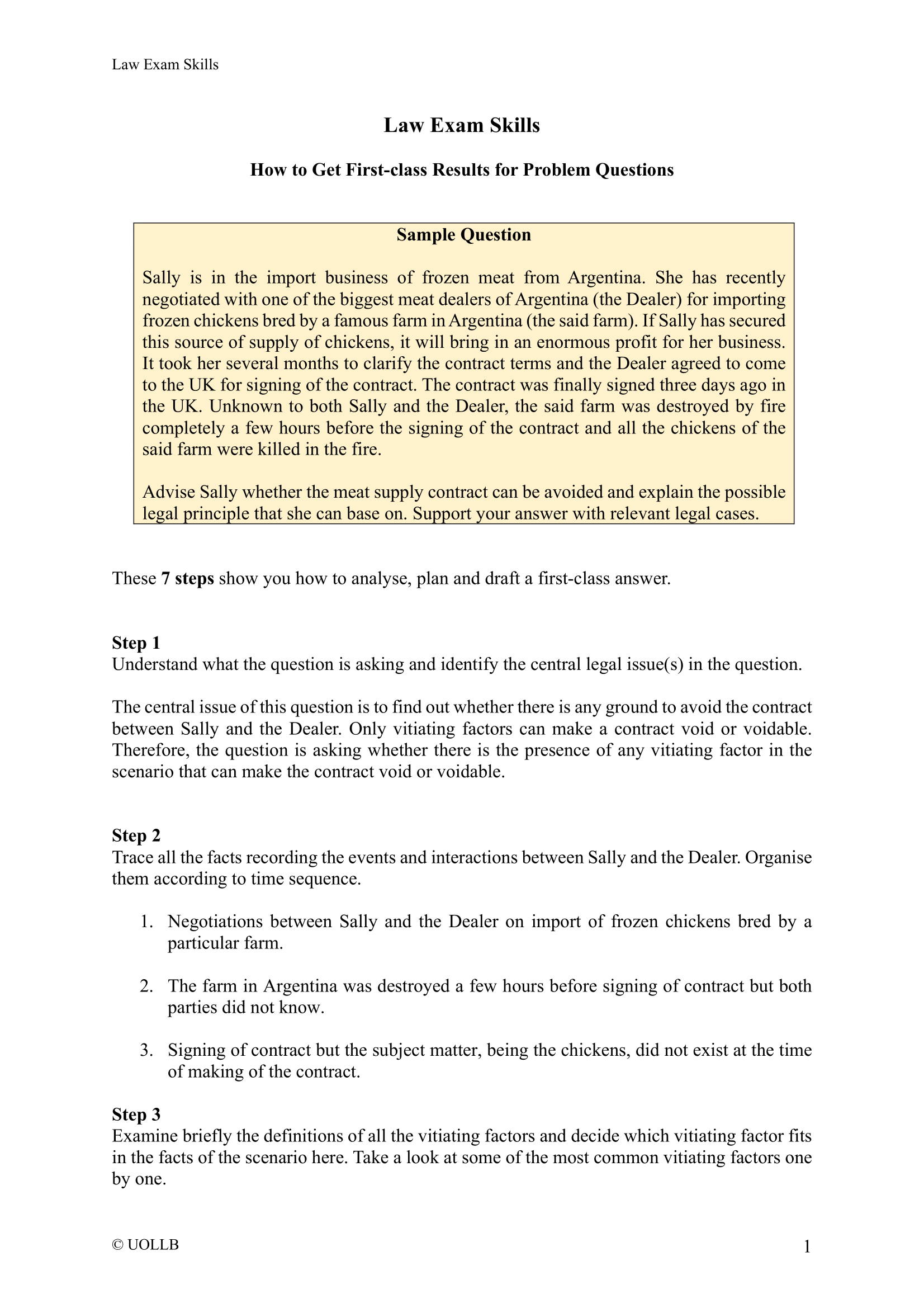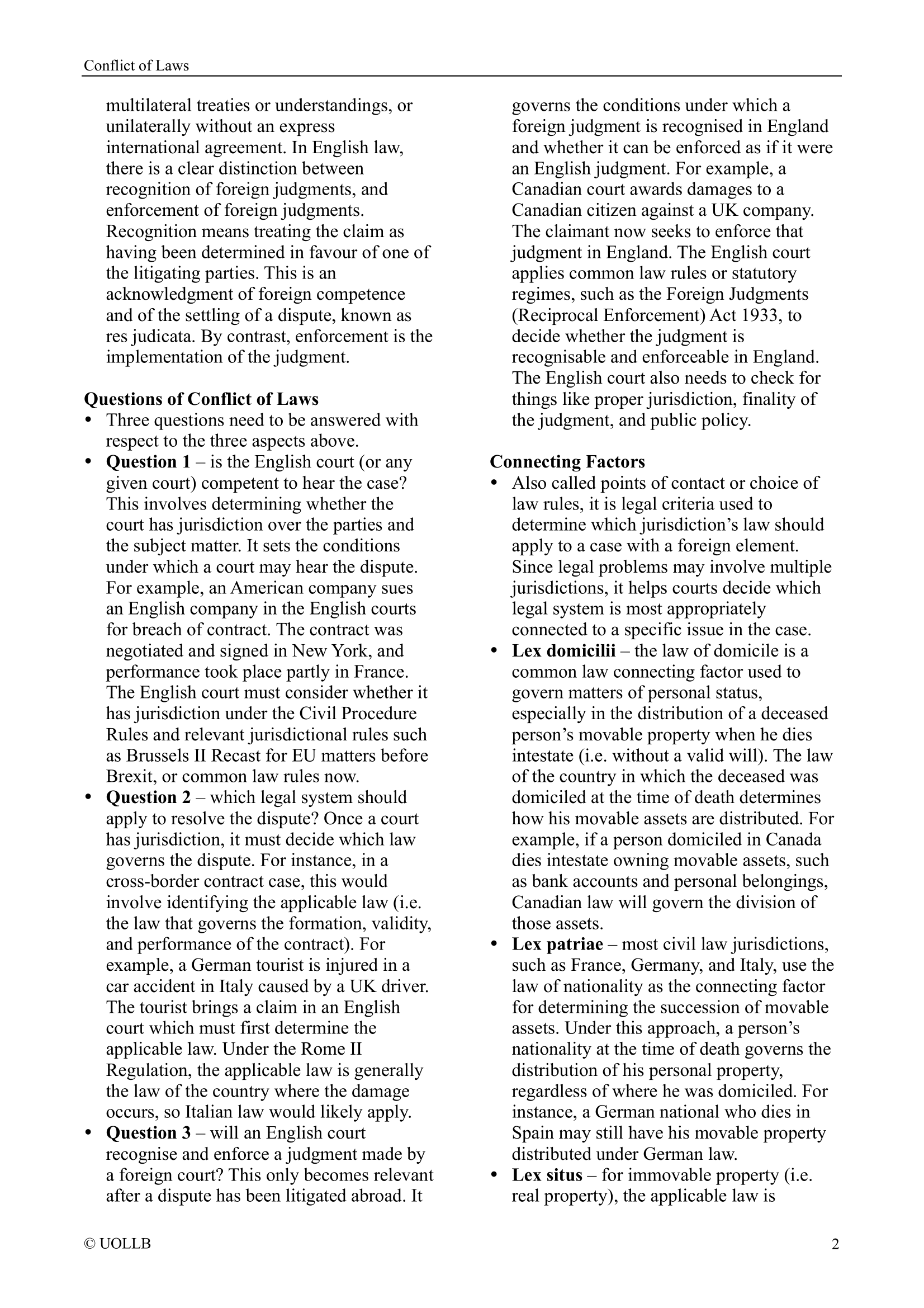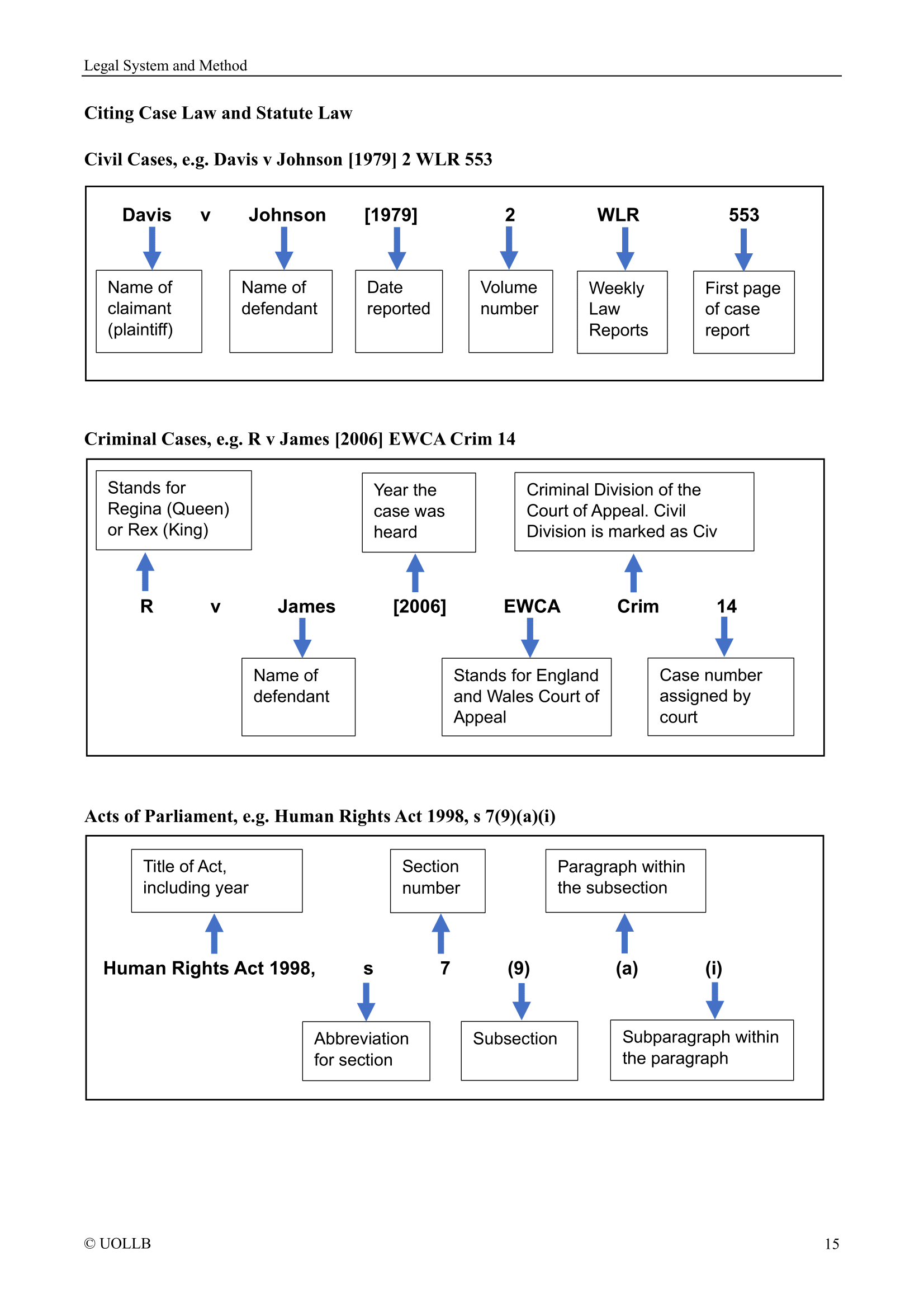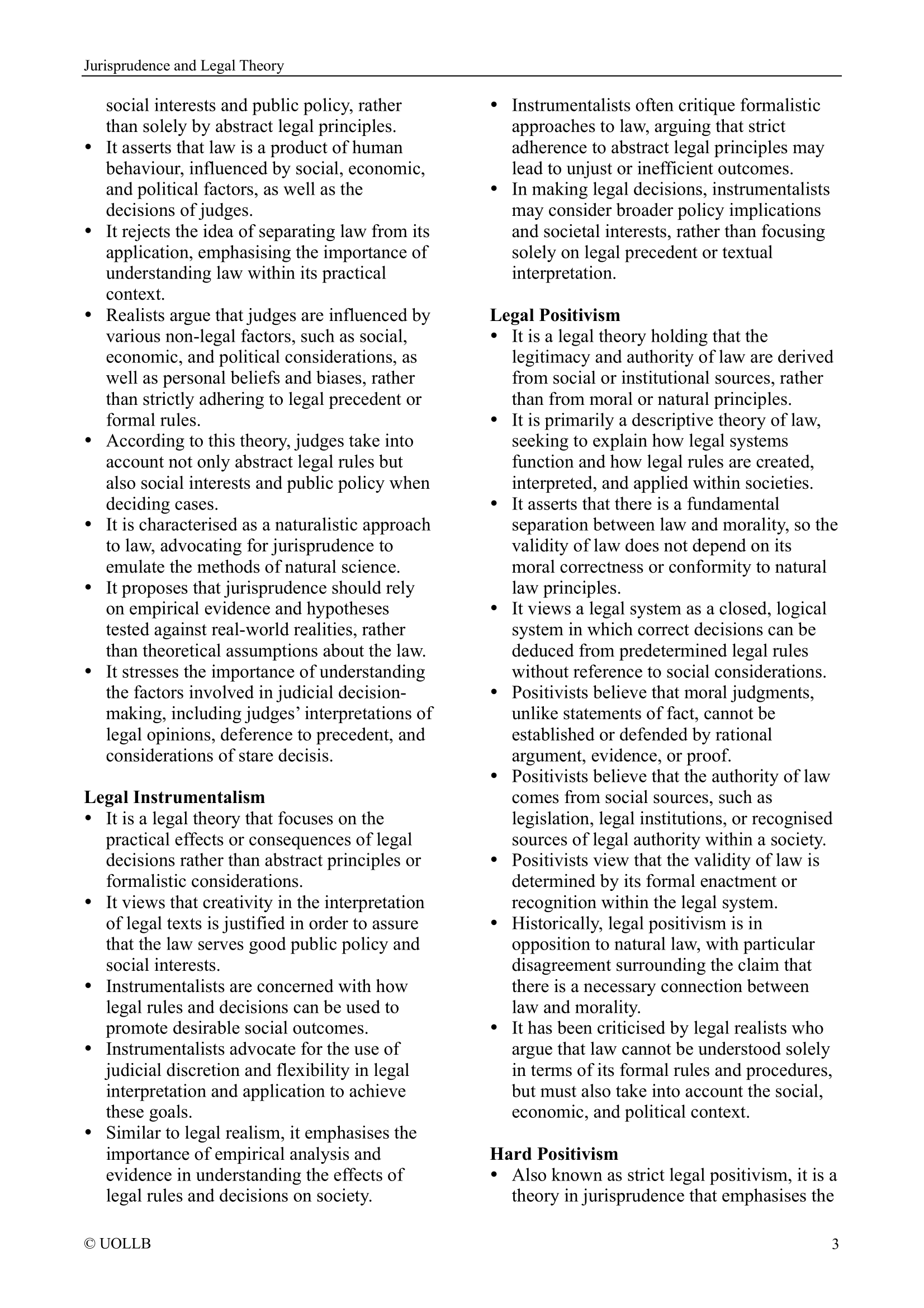Addie v Dumbreck [1929]
Share
In Addie v Dumbreck [1929] AC 358, the House of Lords considered the liability of a landowner for the death of a child trespasser. It established that a landowner has no duty of care to trespassers as long as he does not intentionally or maliciously cause harm to them. However, it was later overruled by British Railways Board v Herrington [1972].
In this case, the defendant owned a colliery situated in a field with a fence that had large gaps. Children frequently used the field as a shortcut and playground. The defendant occasionally warned people to stay off the land but did not take effective measures to prevent trespassing.
A child entered the field and climbed onto a piece of haulage apparatus, resulting in his death. The question before the court was whether the defendant owed a duty of care to the trespassing child.
The House of Lords held that no duty of care was owed by the landowner to trespassers to ensure their safety on the land. Viscount Dunedin, delivering the leading judgment, stated that the only duty owed by the landowner to a trespasser was not to inflict harm wilfully or maliciously.
Viscount Dunedin explained that if the child had been a licensee (i.e. someone with permission to enter the land), the defendant might have been held liable. However, in the case of a trespasser, the landowner's duty was limited to refraining from intentionally or maliciously causing harm. Actions that are directly malicious or equivalent to malicious intent would be unlawful.
Based on this reasoning, the House of Lords found that the defendant landowner was not liable for the death of the trespassing child, as the harm inflicted was not intentional or malicious. However, this decision was later overruled by British Railways Board v Herrington [1972] which held that landowners could be held liable for the injury of a trespasser on their land.
